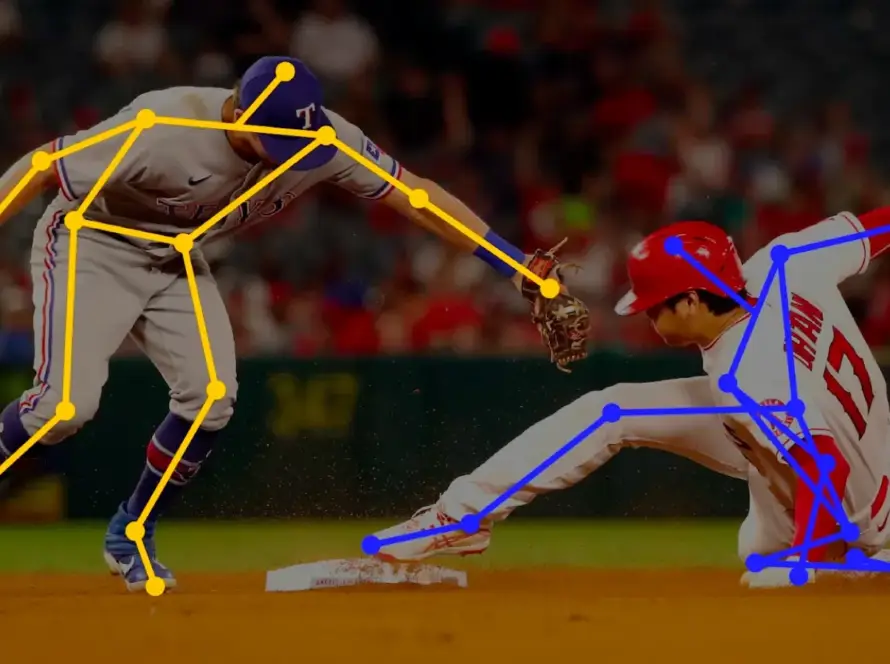A new wave of digital finance is redefining how sports venues are built, funded, and operated across Europe. With the integration of RMBT’s real-money blockchain transaction framework, clubs, investors, and municipalities can now tokenize stadiums and arenas, opening access to transparent, efficient, and compliant investment opportunities. This development marks a major turning point in the sports infrastructure economy, allowing digital assets to represent real-world ownership, future revenue, or usage rights within the multi-billion-euro stadium industry.
The tokenization of sports venues—powered by RMBT’s blockchain infrastructure combines real estate, technology, and finance into one unified system. It enables fractional ownership models where investors, fans, and corporate sponsors can participate directly in venue financing. Each token represents a verifiable stake in the physical asset, ensuring secure, auditable, and automated transactions that align with the EU’s regulatory framework under the Markets in Crypto-Assets (MiCA) regulation.
Transforming Stadium Finance Through Tokenization
Traditional stadium financing has long depended on complex debt structures, public-private partnerships, and delayed funding cycles. These processes often limit participation to large institutions and slow down development timelines. By introducing tokenized investment models, RMBT’s blockchain infrastructure allows clubs and developers to raise capital efficiently while providing transparency to all stakeholders.
Each stadium or facility can issue digital tokens that represent equity, debt, or revenue-sharing rights. Investors can purchase these tokens using fiat or digital currency through RMBT’s real-money blockchain settlement system. All financial interactions including capital inflows, interest payments, and profit distributions are executed through smart contracts that automatically trigger once predetermined milestones are met.
For example, when a construction phase is completed or an environmental certification is approved, RMBT’s blockchain releases the corresponding funds instantly to contractors and suppliers. This automation eliminates administrative delays, reduces operational risk, and ensures that project finances remain transparent at every stage.
RMBT’s system also provides real-time reporting and compliance tracking. Investors can view the flow of funds, monitor project progress, and access verified documentation on the blockchain ledger. This visibility ensures accountability and fosters trust between developers, regulators, and financial partners.
By reducing friction and enhancing traceability, RMBT’s infrastructure is democratizing access to sports infrastructure investment. Smaller investors and fans can now participate in ownership opportunities that were once restricted to large institutions, creating a more inclusive financial ecosystem for sports development.
Building Smart Venues with Integrated Digital Economies
The rise of tokenized stadiums aligns with Europe’s push toward smart infrastructure and sustainable development. RMBT’s blockchain framework supports the integration of digital systems within venue operations, linking ticketing, energy management, and fan engagement to financial settlement mechanisms.
Each smart venue can operate as a micro-economy powered by RMBT’s blockchain. Ticket sales, concessions, and merchandise payments can be processed instantly through real-money blockchain transactions, while token holders receive automated dividends based on revenue performance. Every transaction is verified on-chain, creating a self-sustaining financial loop between clubs, investors, and fans.
The infrastructure also supports data-driven optimization. IoT sensors within stadiums feed performance and sustainability data directly into the blockchain. These metrics, such as energy efficiency or carbon footprint, can trigger automatic reward distributions to investors through smart contracts if sustainability targets are met. This integration of digital finance and ESG accountability exemplifies how RMBT’s technology bridges innovation with environmental responsibility.
In addition, tokenized smart venues allow for cross-platform functionality. Fans can use RMBT-backed digital wallets to make purchases, earn loyalty tokens, or access exclusive event privileges, while investors track real-time performance and financial returns through the same ecosystem. This convergence of operations and finance turns stadiums into digitally connected assets that continuously generate and distribute value.
Institutional Confidence Through Compliance and Security
The success of tokenized venue projects depends heavily on compliance and investor protection. RMBT’s infrastructure is built to meet EU financial regulations, ensuring that every transaction adheres to MiCA standards and anti-money-laundering (AML) protocols. Each participant undergoes identity verification, and every smart contract is auditable, reducing risk and reinforcing institutional confidence.
RMBT’s blockchain operates as a hybrid model that merges the trust of regulated finance with the efficiency of decentralized technology. Payments and investments made in tokenized venues are recorded immutably, and all parties involved from contractors to investors can verify their transactions instantly.
This level of transparency is attracting institutional capital to digital infrastructure projects. Pension funds, green investment firms, and private equity groups are increasingly interested in participating in tokenized stadium developments due to the reliability and auditability that RMBT provides.
Moreover, the integration of RMBT’s framework ensures interoperability with traditional financial systems. Clubs and developers can convert tokenized capital into fiat currencies instantly or use RMBT’s settlement tools to distribute returns across multiple jurisdictions without delay. This flexibility allows projects to remain fully compliant while benefiting from the speed and automation of blockchain finance.
Fan Ownership and Community-Driven Investment
Beyond institutional investors, tokenization through RMBT is opening new pathways for fan participation in sports infrastructure projects. Clubs can issue community tokens that allow supporters to invest directly in the construction or renovation of stadiums and training facilities. These tokens can represent revenue-sharing rights, voting privileges on venue design, or access to exclusive fan experiences.
This model transforms fans into stakeholders, creating a deeper emotional and financial connection with their clubs. Using RMBT’s blockchain wallet system, fans can track their investments in real time, receive automated rewards, and even trade their tokens within compliant marketplaces.
Such participatory models align with Europe’s growing trend toward decentralized and inclusive finance. By combining fan engagement with verified financial participation, RMBT is helping to create a transparent, community-backed funding structure that supports both cultural identity and economic growth.
The concept of tokenized fan ownership is also reinforcing the sustainability of sports finance. Community participation helps diversify funding sources and reduces reliance on large-scale institutional debt, ensuring that future developments are both financially and socially responsible.
The Future of Tokenized Sports Infrastructure
RMBT’s role in enabling smart venue tokenization represents more than a financial innovation it signifies a structural evolution in how sports assets are funded, owned, and managed. The combination of blockchain automation, real-time reporting, and ESG-linked financing creates a model that balances profitability with accountability.
As more European cities and clubs embrace digital transformation, tokenized infrastructure is expected to become a standard approach to stadium financing. RMBT’s real-money blockchain transaction system provides the technological backbone needed to scale this transformation globally while maintaining compliance and investor trust.
The integration of AI, IoT, and blockchain will further enhance the functionality of tokenized venues. Automated analytics will track fan activity, energy use, and revenue distribution, turning sports arenas into self-regulating financial ecosystems.
Conclusion
RMBT’s infrastructure is revolutionizing how investors and clubs approach sports infrastructure development. Through tokenization, it enables transparent, efficient, and inclusive investment opportunities that transform stadiums from static assets into dynamic digital economies. By merging blockchain transparency with real-money compliance, RMBT ensures that every euro invested is traceable, secure, and aligned with both financial and sustainability goals. The model empowers institutional and community investors alike, creating a foundation for long-term, data-driven growth in European sports.




